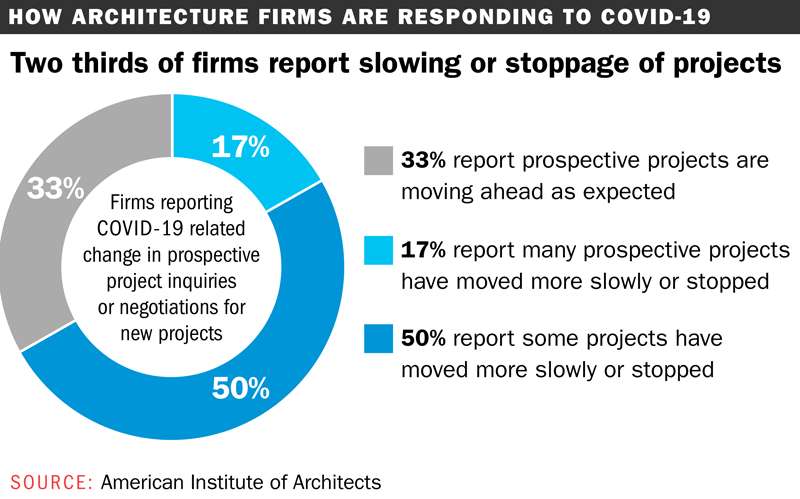
Processing Your Payment
Please do not leave this page until complete. This can take a few moments.
- News
-
Editions
View Digital Editions
Biweekly Issues
- December 15, 2025
- December 1, 2025
- Nov. 17, 2025
- November 03, 2025
- October 20, 2025
- October 6, 2025
- + More
Special Editions
- Lists
- Viewpoints
-
Our Events
Event Info
Award Honorees
- Calendar
- Biz Marketplace
Design of the times: How Maine architects are powering through the pandemic
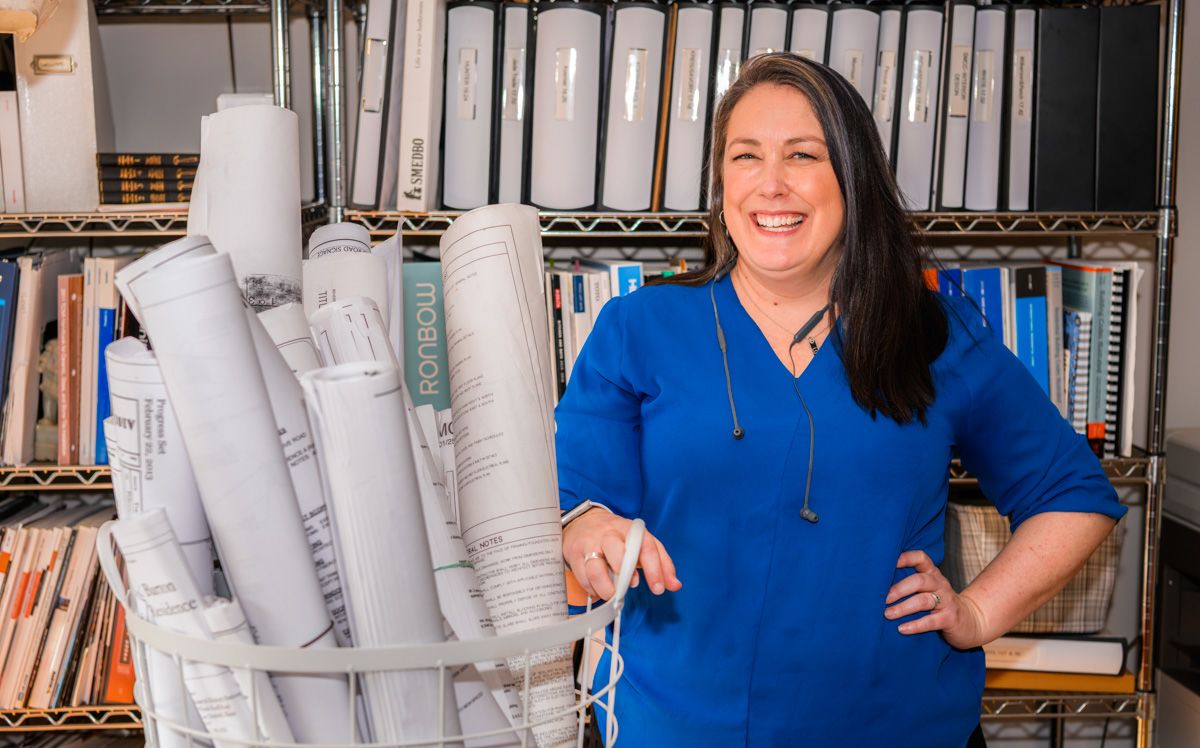 Photo / Jim Neuger
Carol Morrissette of RDS Architects in Portland says that keeping the practice small has allowed her to manage growth.
Photo / Jim Neuger
Carol Morrissette of RDS Architects in Portland says that keeping the practice small has allowed her to manage growth.
As an architect with a home studio in her loft apartment, Carol Morrissette of RDS Architects in Portland was used to working from home long before the public health crisis and shutdown orders forced many to do the same.
While still adjusting to not being able to meet clients or visit construction sites in person, Morrissette is finding that she and her team of one full-time employee and two part-timers are busier, and more productive, than ever.
“I love this,” she says from her Chestnut Street location, which has big windows overlooking the Back Cove. “It’s definitely an adjustment, but everybody is so much more focused.”
Morrissette started her firm as Residential Design Architects LLC in 2010 and rebranded it last October as RDS (for Resilient Design Studio) to reflect that it’s also doing commercial work. Current projects include a bigger facility for Generac Holdings Inc.-owned Pika Energy Inc. in South Portland.
Morrissette says that while two or three projects currently under construction are ahead of schedule, another is stuck in permitting as she works with a business coach on crafting a strategy for the firm if the crisis drags on.
She’s not too worried, given her decision to keep the practice small, allowing her to be selective about growth that may or not be maintained if a few projects dry up but still pay colleagues well for work done on a short-term basis.
“This lean approach allows us to be nimble in times like these,” she says. “We can handle a lot of work, or we can handle a little work, and we try to do it all with grace.”
Like RDS, architecture firms all over Maine are adjusting to working remotely and juggling workloads. Though no one knows how long the public health crisis will last, many are already starting to think about what building design might look like in a post-COVID-19 world, and what opportunities that may bring.
Nationwide, half of architecture firms surveyed by the American Institute of Architects in late March reported fewer design projects for March compared with their expectations entering the month. The situation is expected to worsen in April, with 94% of firms expecting revenue declines, and more than half (57%) anticipating a slump of more than 10%. In Maine so far, the picture is mixed.

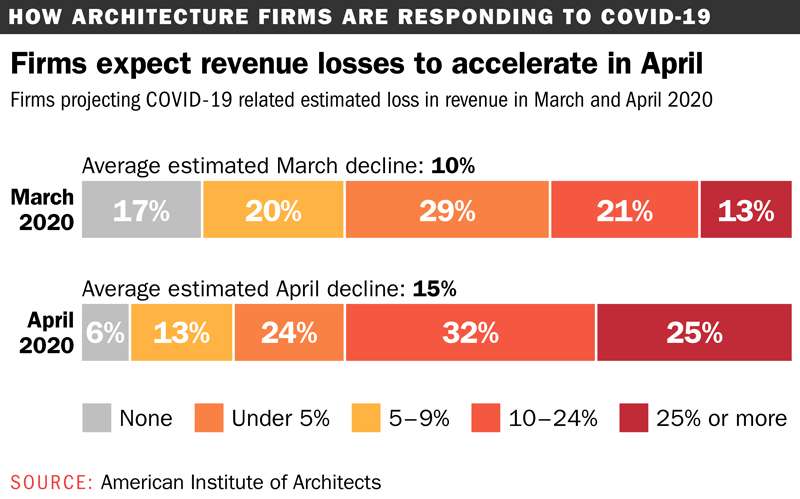
‘One door closes, another door opens’
SMRT Architects and Engineers, the state’s largest ranked by revenue in a 2019 Mainebiz list, packed up its Portland waterfront office just before switching to remote operations. It’s still planning a move to a 20,000-square-foot space, at 75 Washington Ave., as soon as business gets back to normal.
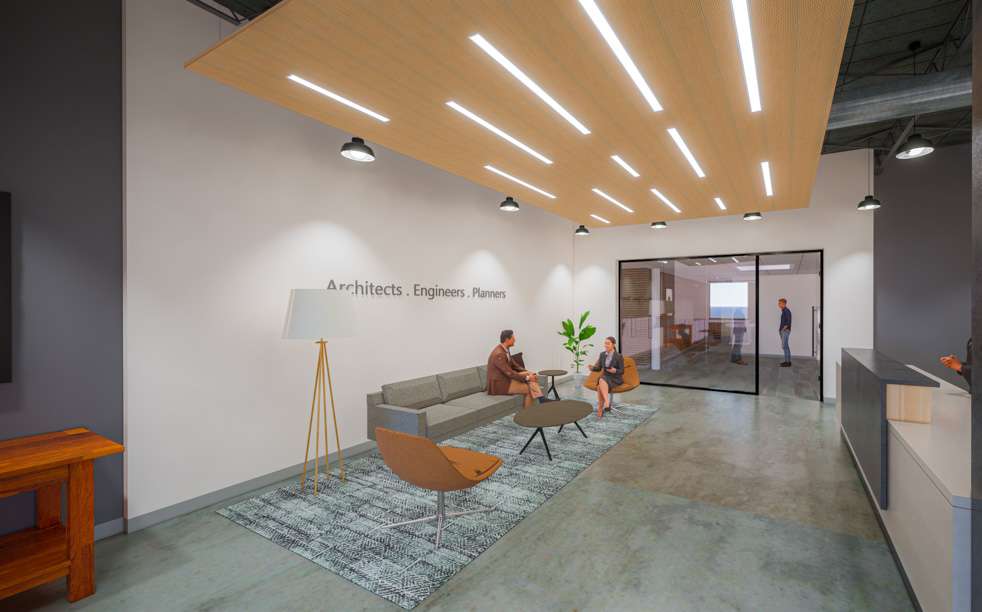
The firm employs 125 people in total, including around 85 in Maine, with more than a dozen openings posted online in Portland; Andover, Mass.; and Albany, N.Y. It’s hiring in strategic sectors, including mechanical engineering.
“We have been hiring and we’re excited to say that we are actually still looking for candidates,” says the firm’s president, Ellen Belknap. “We are in growth mode.”
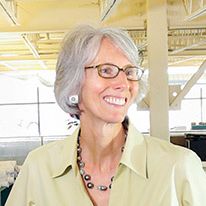
Belknap, who’s led the firm since 2004, needs people skilled at designing laboratories and other so-called high-performance, controlled and clean manufacturing environments. Clients in that niche include the Jackson Laboratory in Bar Harbor and Draper Laboratory in Cambridge, Mass.
Current Maine projects include the expansion of L.L.Bean’s corporate headquarters in Freeport (currently in construction), Nordic Aquafarms’ facility in Belfast (in design, awaiting permitting approval), Northern Light Mercy Hospital expansion in Portland (in construction) and the Maine Correctional Center in Windham (in design and construction).

Switching gears early in the crisis, SMRT offered remote work as an option to all employees based on their personal and family circumstances before making it mandatory about a month ago.
As Belknap leads remote operations, she is in constant communication with staff, sending an email to all employees after board meetings held every 48 hours and virtual fireside chats every Friday with more detailed updates about revenue, expenses and projections. There was good news to share recently, on SMRT getting accepted for a loan under the federal Paycheck Protection Program shortly after submitting an application.
Like many peers, it’s also seen a drop-off in some business lines amid the public health crisis as other opportunities open up.
“A very large portion of our work was in the health care sector so it’s no surprise that people in hospital acute care have other things to worry about than talking to their architect, so there has been a slowdown in some of that work,” Belknap says. “The flip side is that some of our health care clients have called and said, ‘Can you help us reconfigure our clinics so we can handle COVID-19 patients.’ One door closes, and another door opens.”
Jeana Stewart, a certified interior designer who leads SMRT’s workplace studio division for clients, including WEX, is of the same mindset, and already thinking about how the crisis may change society and workplace design.

“I can definitely see how this is really going to create less travel, and people are going to be more virtual,” she says. “That will create a lot of demand for both technology and meeting spaces.”
Phil Kaplan, principal of the 12-employee Kaplan Thompson Architects and four-employee BrightBuilt Home in Portland, is equally upbeat, five years after looking at ways to make his business recession-proof.

“We had started seeing the things that sustained us through the previous recession, and looked at things more resistant to market pressures, like low-income tax credit housing that was state-funded. We also saw that residential work, particular remodels, got stronger during the last recession, so we continued to keep them as part of our mix.”
Recent projects include the just-built Parris Terraces 23-condominium apartment building in Portland’s Bayside neighborhood, as well as two in construction. They are an addition to Friends School of Portland and Avesta Housing’s West End Apartments in South Portland.

Design work on other projects is also proceeding smoothly, including a residence in Durham, N.H.
Brainstorming sessions are hosted on Zoom. Eight people from Maine and New Hampshire tuned into the first one, which Kaplan found to be “exceptionally creative and collaborative,” with architects and builders sharing 3-D sketches and bouncing between different rooms.
“It’s an interesting equalizer,” Kaplan says of the experience. “Now the architect has the same pen as the client.” He also found it to be more time-efficient than an in-person meeting, and was looking forward to the next session.
Small firms forging ahead
Small practices, which make up the vast majority of Maine architecture firms, are also pressing ahead amid some crisis-driven jitters.
“We’ve been forging ahead with relatively little impact,” says Kay Stevens Rosa, president of A4 Architecture Inc., a four-person practice in Bar Harbor she runs with her husband and business partner, Augusto.

“However, we’re starting to see certain subcontractors with diminished crews on construction sites, or in a few cases completely unavailable because of crews having somebody exposed [to COVID-19] or in quarantine.”
In Ellsworth, Mike Sealander is also seeing a disruption to the small practice he runs with wife Robyn, with one client abruptly pulling a construction project after the contract had been signed.
“It’s not that the projects have gone away,” he says, “but they’re on hold indefinitely … I don’t think anybody saw this coming. It’s interesting that it is really never too late for a project to just go dark.”

On the bright side, the firm’s work on the Bay Ferries Terminal renovation in Bar Harbor is continuing, putting the facility on track for an opening in June.
Looking further ahead, Sealander says, “I would say my general state of mind is cautious but not necessarily optimistic.”
David Matero, who runs a five-person commercial and residential practice in Bath, is also guarded despite a few projects still keeping them busy while others have been postponed because of funding issues.

Having started his business in 2008 when the Great Recession hit, he’s not too worried about small firms like his falling victim to the present crisis, saying, “The architectural community in Maine is very generous … We all feel there is enough room for all of us, and good design helps everybody.”
Mainebiz web partners
Related Content

The Giving Guide
The Giving Guide helps nonprofits have the opportunity to showcase and differentiate their organizations so that businesses better understand how they can contribute to a nonprofit’s mission and work.
Learn More
Work for ME
Work for ME is a workforce development tool to help Maine’s employers target Maine’s emerging workforce. Work for ME highlights each industry, its impact on Maine’s economy, the jobs available to entry-level workers, the training and education needed to get a career started.
Learn More
Groundbreaking Maine
Whether you’re a developer, financer, architect, or industry enthusiast, Groundbreaking Maine is crafted to be your go-to source for valuable insights in Maine’s real estate and construction community.
Learn more-
The Giving Guide
The Giving Guide helps nonprofits have the opportunity to showcase and differentiate their organizations so that businesses better understand how they can contribute to a nonprofit’s mission and work.
-
Work for ME
Work for ME is a workforce development tool to help Maine’s employers target Maine’s emerging workforce. Work for ME highlights each industry, its impact on Maine’s economy, the jobs available to entry-level workers, the training and education needed to get a career started.
-
Groundbreaking Maine
Whether you’re a developer, financer, architect, or industry enthusiast, Groundbreaking Maine is crafted to be your go-to source for valuable insights in Maine’s real estate and construction community.
ABOUT
NEW ENGLAND BUSINESS MEDIA SITES
No articles left
Get access now
In order to use this feature, we need some information from you. You can also login or register for a free account.
By clicking submit you are agreeing to our cookie usage and Privacy Policy
Already have an account? Login
Already have an account? Login
Want to create an account? Register
Get access now
In order to use this feature, we need some information from you. You can also login or register for a free account.
By clicking submit you are agreeing to our cookie usage and Privacy Policy
Already have an account? Login
Already have an account? Login
Want to create an account? Register


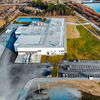
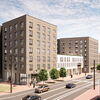





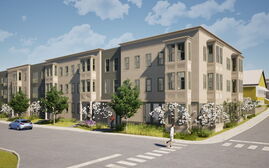

0 Comments